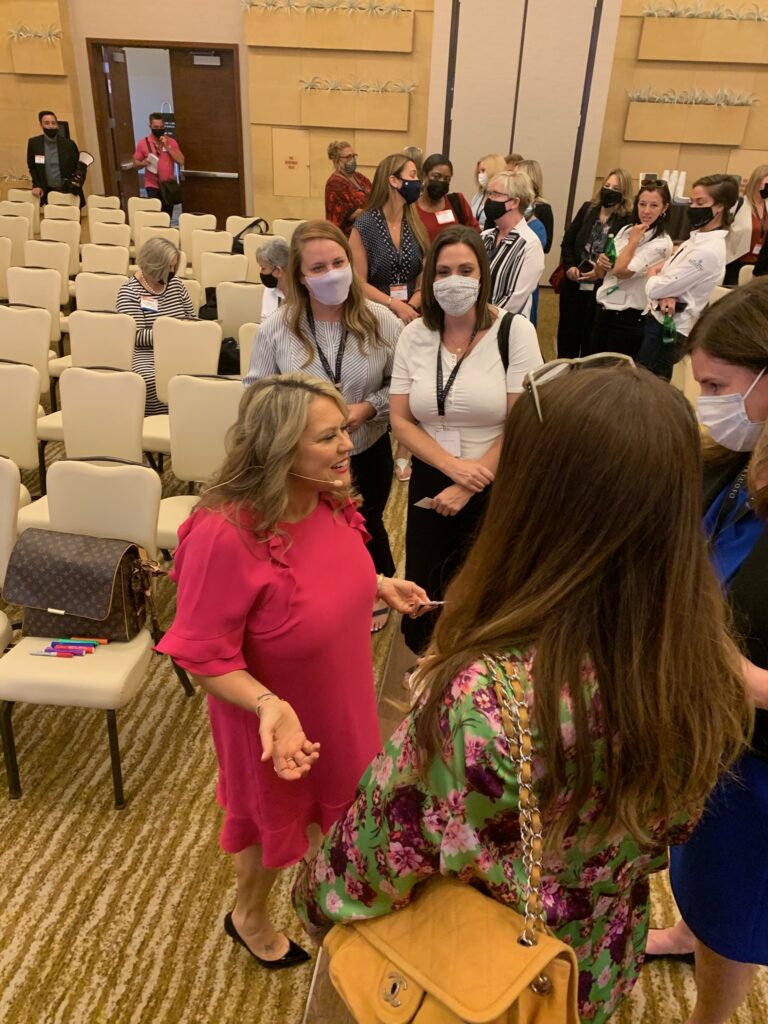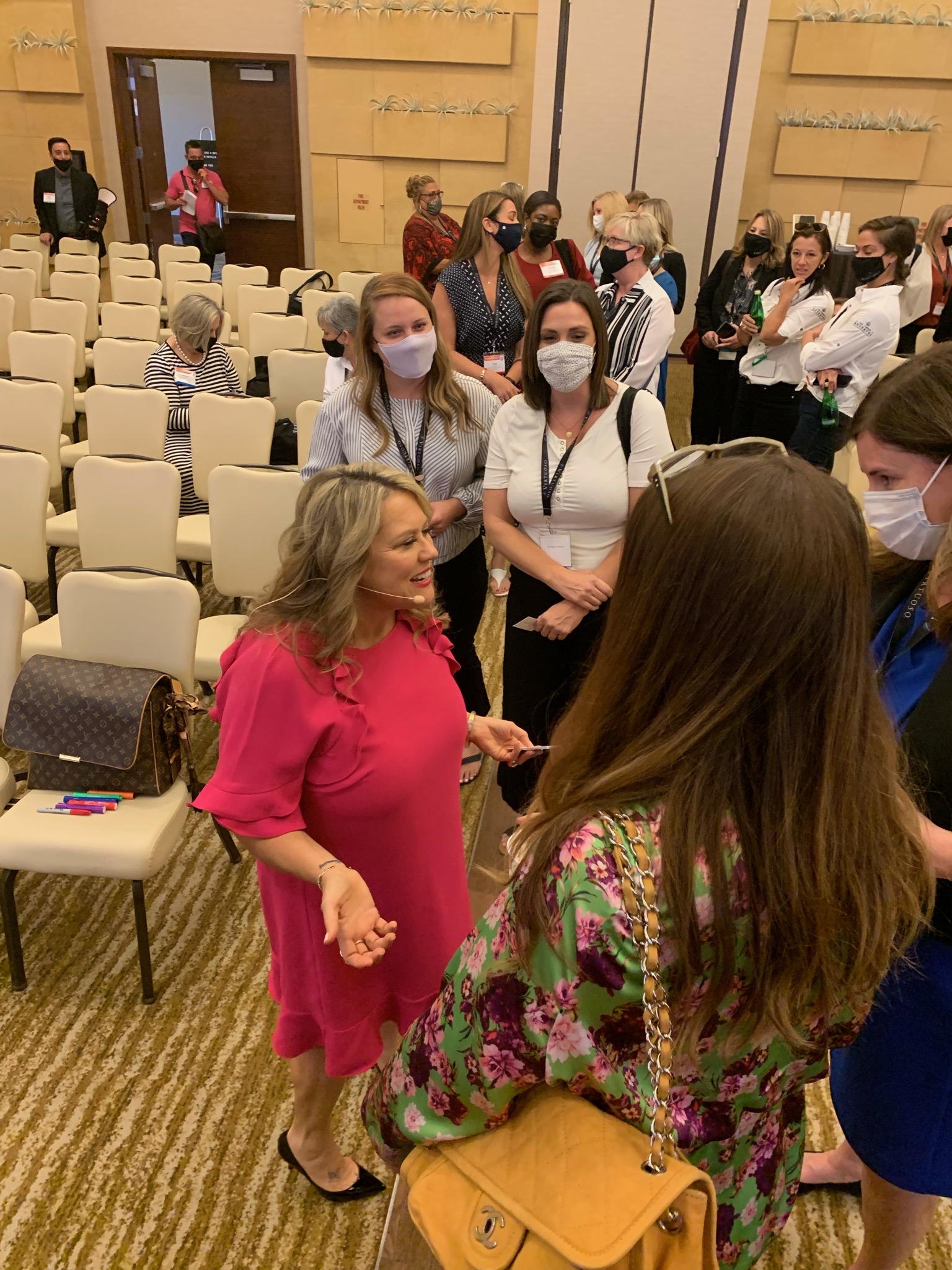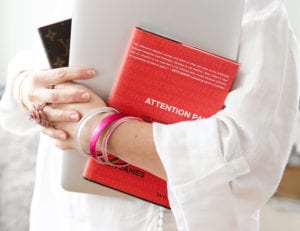
Neen James at Virtuoso Travel Week networking with wonderful advisors
Getting the most out of any networking event is more than just handing out and collecting cards. Some people seem to think the success of an event can be measured by the number of business cards they take away. The truth is it’s better to make real connections with fewer people rather than to pride yourself on a collection of cards you may never use. These simple steps will help you use your business cards effectively and know what to do next with the cards you collect at a networking event.
Always carry your business card.
That means both in and out of business hours – even at social and sporting events; you never know when someone may need your services. It is a good idea to keep a supply of business cards in all bags and coat jackets.
Never hand out cards with incorrect or crossed-out information.
It is not professional. Information crossed out may give the appearance that you are disorganized or don’t pay attention to detail. Business cards are not expensive to print, and you should ensure each one you hand out is an ideal representation of you and your business.
Keep a good supply of cards.
Don’t allow yourself to be in a position where you can’t give someone your card. Be aware of your stock and reorder before you get too low.
Ask for a business card.
When you have met someone and had a conversation, ask, “May I have your card?” Always ask for their card first. Once you have received it, ask, “May I give you my card?” Don’t always assume that they will want your card. Giving it to them after they have said yes is more polite.
Ask permission.
If you want to write details on someone’s card (while you are still with them), always ask, “Do you mind if I make a note on the back of your card?” Some people invest substantial money in their cards and asking this question demonstrates your respect.
Write notes to yourself.
When you have finished a conversation with someone, please take a moment to write something about him or her on the back of his or her card. This will help jog your memory when you contact them after the event.
After each networking event I gather all the cards I have collected and make notes about the people I met.
I place the pile of cards on my laptop keyboard to action them the next day. Some people invest in contact management systems, many of which are valuable, however you can still establish an effective contact system using basic tools such as LinkedIn to connect and your contact system i.e. gmail or Outlook.
Schedule follow-up time.
Whenever you schedule a networking event, schedule another 30-minute appointment the day after the event to follow up with the organizers and the people you meet.
Send handwritten cards.
I handwrite thank you cards for those people I made a real connection with. You can thank them for the time you spent together, for the information they gave your or acknowledge another connection point or discussion you made. Receiving a handwritten card in the mail is so unusual and personal that it delivers a powerful impression, far stronger than a quick email might.
Book a 20-minute coffee.
If you have connected with someone at an event and want to know more about them and their business, make an appointment for a 20-minute coffee. Twenty minutes is an easy appointment for most people to fit into their schedule. It indicates that you value their time and show that you are genuine about wanting to learn more about them. When you contact them you might say, “I’d like to invite you for a 20-minute coffee so I can find out more about what you do, what day is most suitable for you?” Make sure you honor the 20 minutes. At the 20-minute mark, I always stop the meeting and say, “I promised it would only take 20 minutes, so thank you for your time”. At this point, the person you are with can choose whether they want to end the meeting or continue.
Send a thank you to the event organizer.
Take the time to thank the event organizers, let them know why you found it valuable, and include your business card in the envelope. There is a lot of time and energy that goes into organising events, and people appreciate you taking the time to acknowledge that.


